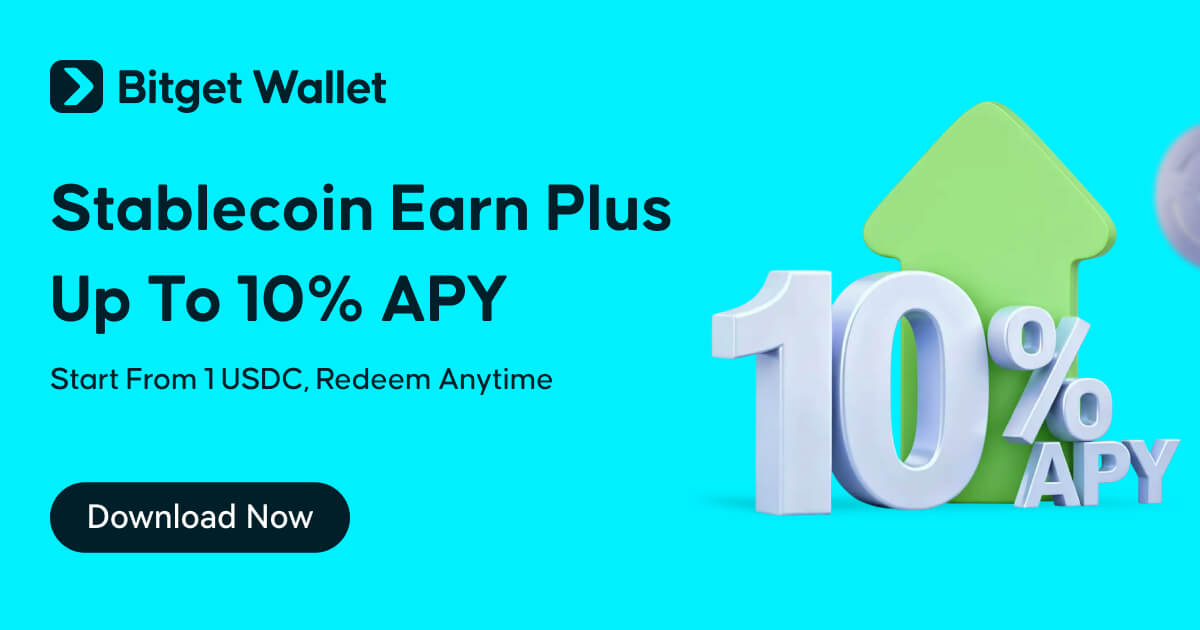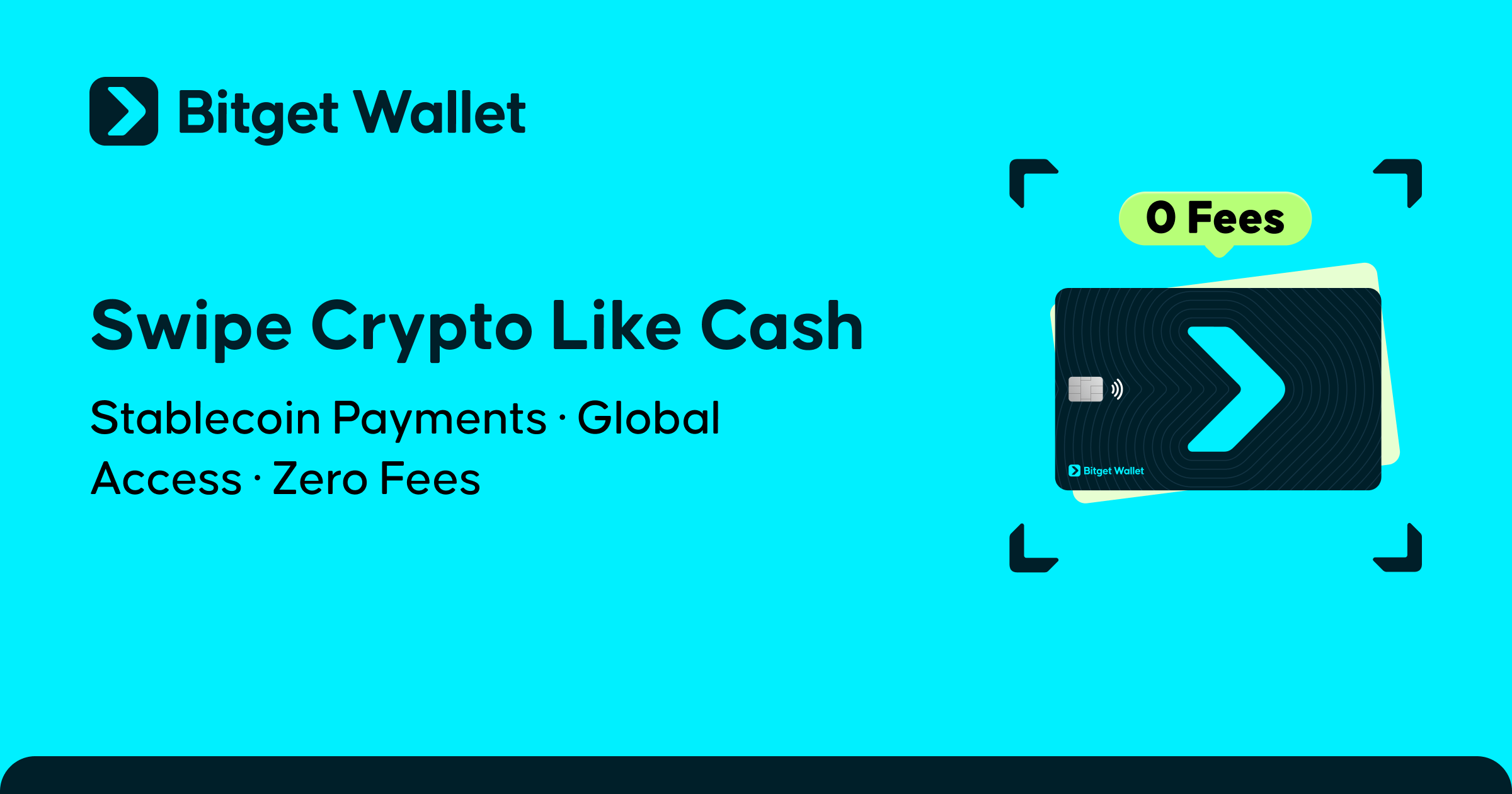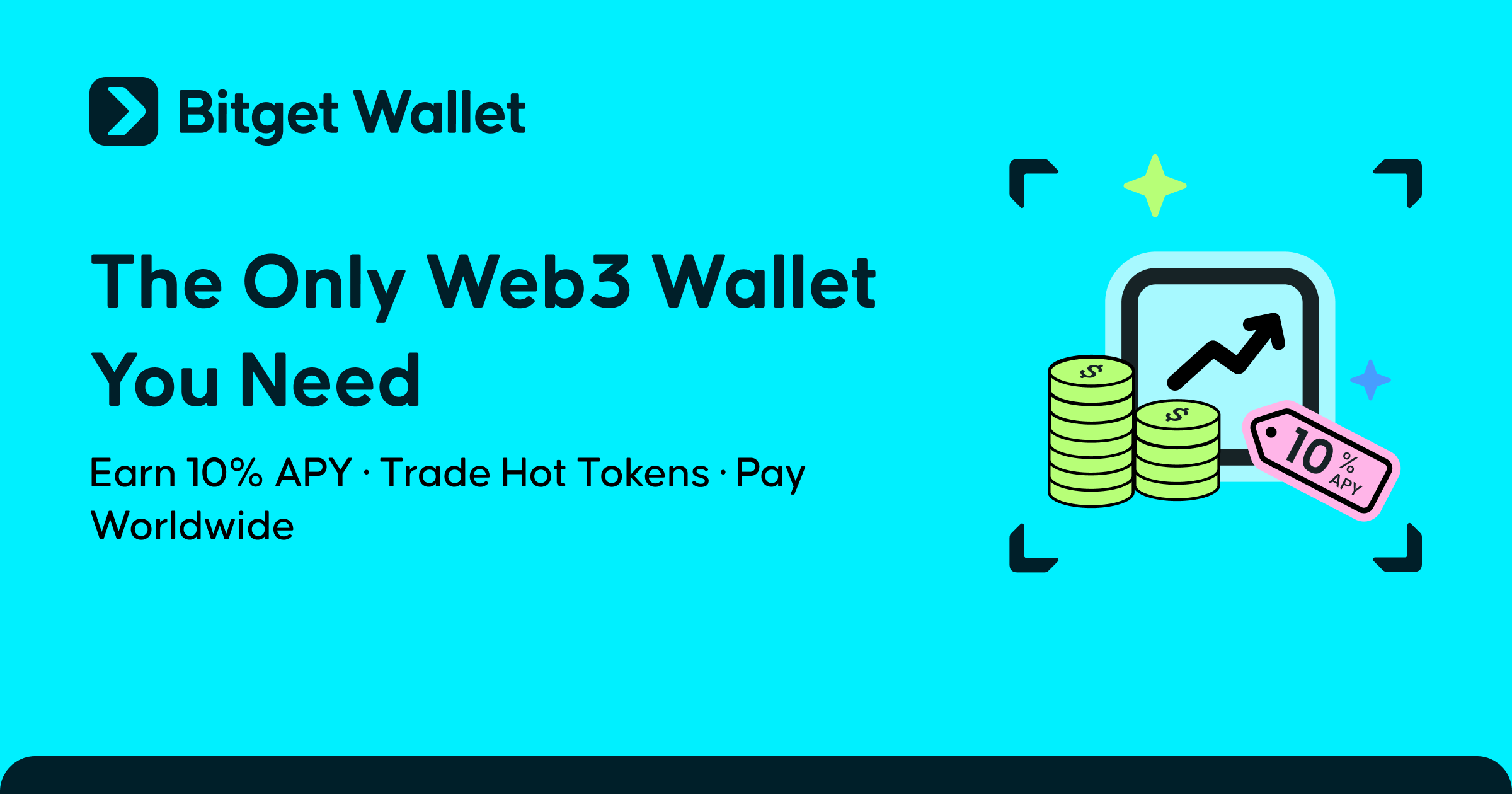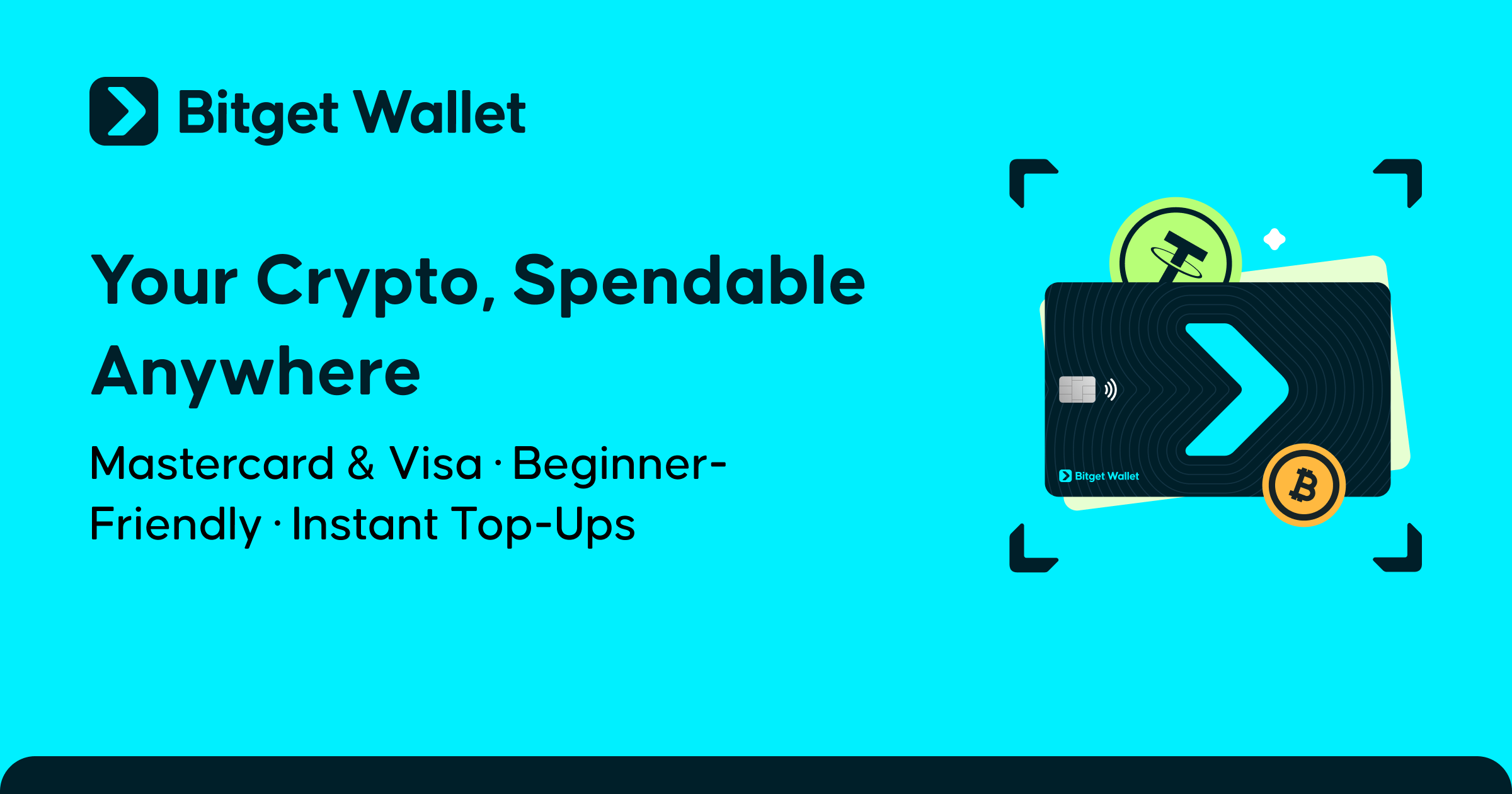Atlas Blockchain: Uniting Solana Speed with Ethereum Security
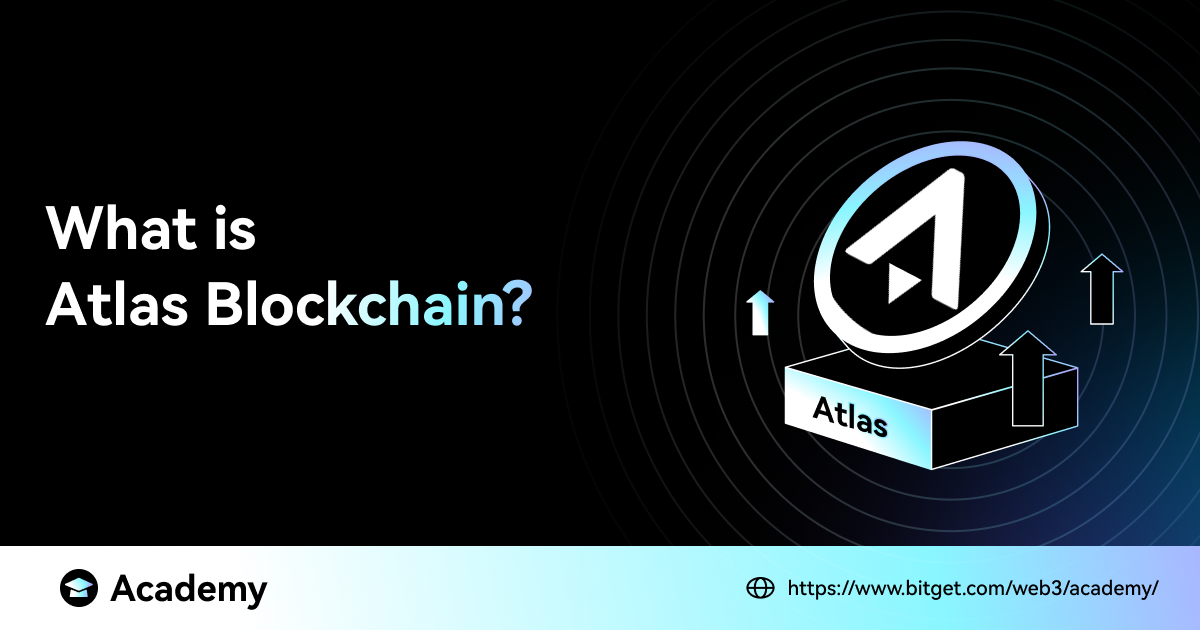
Atlas Blockchain is emerging as an innovative solution in the blockchain space, seeking to bridge the gap between Solana's high-speed transaction capability and Ethereum's solid security.
This purpose-built initiative by Ellipsis Labs envisions a future of "verifiable finance," in which transparency, security, and performance coexist effortlessly, meeting the needs of both conventional banking and the decentralized world of DeFi.
What is the Atlas Blockchain?
Atlas Blockchain is where the high performance of traditional finance merges seamlessly with the transparency and openness of DeFi. It aims to offer a platform on which financial applications can thrive by combining the speed and efficiency for real-world financial activities with the trust and immutability of blockchain technology.
One wonderful aspect is that Atlas leverages a custom, hyper-efficient implementation of the Solana Virtual Machine (SVM) to combine the speed and scalability of Solana with the security and composability of Ethereum.
Atlas Blockchain vs General-Purpose Blockchains
As mentioned above, Atlas is built specifically for financial use cases. In other words, the project emphasizes features like reliable transaction delivery, near-zero transaction costs, rapid pre-confirmations, and frequent, reliable Oracle updates.
These traits distinguish it from general-purpose blockchains and demonstrate its commitment to serving the unique needs of the financial industry. The following table will summarize these differences in an easy-to-understand manner:
| Margin systems |
Oracles prioritized, ensuring updates even in volatile markets |
Unreliable oracles during high volatility |
| On-chain orderbooks |
Low jitter and reliable transactions enable competitive liquidity |
High jitter favors toxic takers, leading to worse liquidity |
| High-frequency trading |
Low jitter and instant confirmations boost trader confidence |
High jitter and slow confirmations increase uncertainty |
How Does the Atlas Blockchain Work?
Atlas is based on a custom, hyper-efficient version of the Solana Virtual Machine (SVM), allowing current Solana applications to smoothly deploy and benefit from Atlas' improved performance, lower fees, and reduced jitter. This design enables fast throughput and parallel computing, which are critical for financial applications.
The system uses a Sequencer node to trigger state changes and broadcast new blocks to Replay nodes. These Replay nodes then reconstruct the chain's state and check its accuracy against the Sequencer's message stream.
In addition, you have Remote Procedure Calls (or RPCs), which accompany Replay nodes. These servers enable interaction with the blockchain by handling both read (data retrieval) and write (transaction) requests.
While Atlas is essentially compatible with Solana, it adds crucial features, including quicker block creation (every 50ms, compared to Solana’s 200ms), millisecond timestamps, and the absence of confirmation levels for transactions.
These features help improve efficiency and minimize latency, which is especially important for financial applications where speed is critical.
Remarkable Benefits of the Atlas Blockchain
Atlas Blockchain has several perks that make it an enticing platform for developers and users in the financial sector. Let’s look at the three striking advantages below that allow Atlas to efficiently address the unique issues of verifiable finance in a manner that standard blockchains cannot.
Leveraging Solana Virtual Machine (SVM)
One of Atlas Blockchain's key features is its use of a custom, hyper-efficient version of the Solana Virtual Machine (SVM). This enables Atlas to inherit Solana's exceptional speed and performance, resulting in high-throughput transaction processing and minimal latency.
From the developers’ perspective, those who are familiar with the Solana environment will find the transfer to Atlas very straightforward since existing Solana applications can be deployed smoothly without warranting major adjustments.
Utilizing Ethereum’s Mainnet
While leveraging the Solana Virtual Machine (SVM) for its high-throughput capabilities, this unique project of Ellipsis Labs strategically settles its transactions on the Ethereum mainnet. This dual-chain design enables Atlas to inherit Ethereum's renowned security and decentralization while providing the performance benefits of a Layer 2 solution.
By settling on Ethereum, Atlas assures that transactions are trust-minimized and safe, leveraging the battle-tested infrastructure and robust consensus mechanism of the Ethereum network.
You might also be interested in Ethereum vs Solana.
Introducing Powerful Architectures
Atlas separates itself from other blockchains by introducing a number of new architectural changes that contribute to its improved performance and developer experience. These include:
- Quick state merklization: This allows for high throughput with complete state updates every 50 milliseconds.
- Isolated execution: With this approach, Atlas can provide a safe and efficient environment for transaction processing.
- Next-generation RPC: What Atlas offers is a groundbreaking RPC implementation that is modular, horizontally scalable, and backward compatible, providing smooth connection with current tools and infrastructure.
Future Developments of Atlas Blockchain
Ellipsis Labs has an ambitious plan for Atlas, full of interesting additions and enhancements targeted at expanding its capabilities for verified finance. Among all of that, its ongoing testnet and anticipated mainnet launch are the spotlights:
- The testnet: Atlas Blockchain successfully launched its private testnet on 11 September 2024, marking a critical milestone in its development. This private testnet allows a restricted set of developers and partners to test and experiment with Atlas' features and capabilities, thus offering valuable feedback to the development team.
- The anticipated mainnet launch: This highly-awaited event is expected for Q2 2025, building on momentum and learnings from the ongoing testnet. Once live, Atlas will attract a wide range of DeFi projects and users, thanks to its unique combination of Solana-like speed and Ethereum-level security.
A Combination between Ethereum and Solana
Atlas Blockchain’s unique combination of Ethereum and Solana provides a compelling answer to the scaling issues that have long plagued the DeFi space. With a private testnet currently live and a public testnet on the way, the excitement for Atlas' mainnet launch in Q2 2025 is palpable.
According to Ellipsis Labs, Atlas Blockchain’s creator, further updates about its modular software architecture, bridge designs, and data availability approaches are on the horizon. The ultimate aim is to transform itself into a next-gen platform of financial applications.
As the project evolves, it is critical to be aware and prepared to engage in this evolving environment. A secure and dependable cryptocurrency wallet, such as Bitget Wallet, can serve as your portal to discovering the possibilities of Atlas and other pioneering blockchain projects while also offering a safe sanctuary for your digital assets.
- What Is Moore Threads and Why China Thinks It Could Be the Next Nvidia?2025-12-09 | 5 mins






